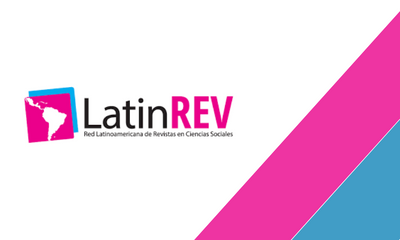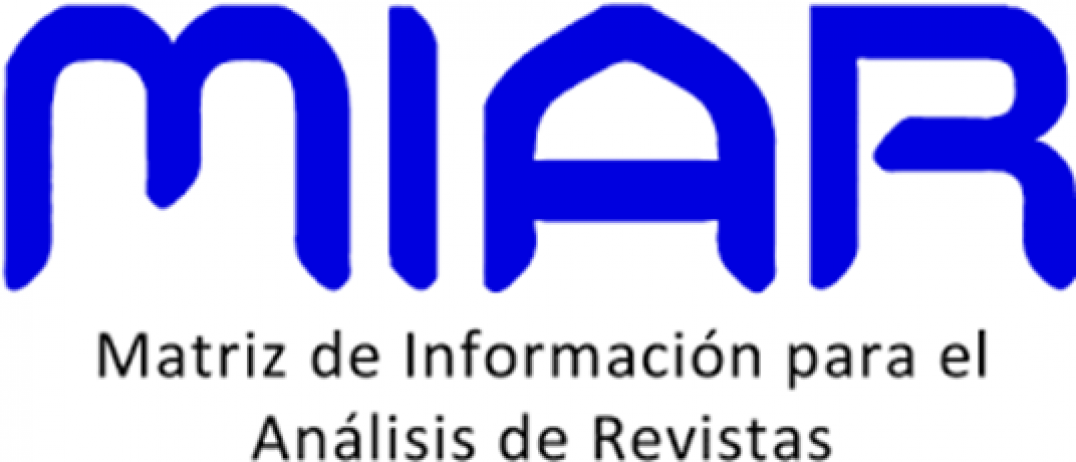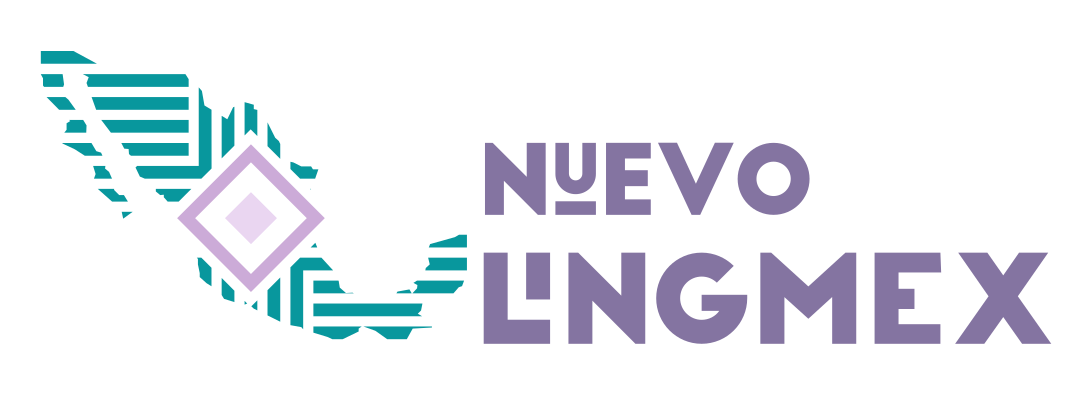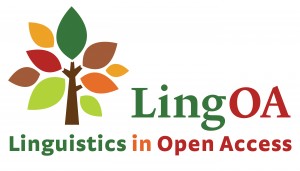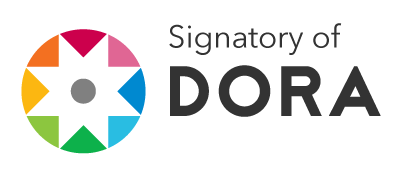Promotion de l’enseignement du langage de la canne blanche aupres des usagers de la route dans la ville de yaounde
DOI:
https://doi.org/10.32870/vel.vi18.164Parole chiave:
Aveugle, Didactique, Langage, Malvoyant, Société inclusiveAbstract
Le gouvernement camerounais, en phase avec la communauté internationale, s’emploie à promouvoir une société inclusive, à travers l’encadrement et la promotion des aveugles et malvoyants. Cependant, l’on constate pour le déplorer que ces personnes restent marginalisées, incomprises des autres, rendant difficile toute forme d’interaction avec elles. D’où l’intérêt de ce travail qui se donne pour objectif de mener une réflexion sur la promotion de l’appropriation par les usagers de la route de la ville Yaoundé, du langage de la canne blanche des aveugles et malvoyants, pour une meilleure interaction quotidienne dans le cadre de leur mobilité. La réalisation de ce travail s’est opérée grâce à l’observation, les entretiens, l’enquête par questionnaire et la recherche documentaire, dont les résultats montrent que le mode de communication des handicapés visuels n’est pas compris des autres usagers de la route qui, pour des raisons multiples, se déclarent ouverts à son apprentissage. Des propositions en vue d’une meilleure communication entre les personnes voyantes et les malvoyants ont été émises.
Downloads
Metriche
Riferimenti bibliografici
AMAM. (2019). La canne blanche. In https://www.amam-myopie.fr. Consulté le 15 avril 2021.
Azéma, B. (1999). « La personne handicapée, l’associatif et le politique : esquisse d’une géopolitique du handicap en France », Hérodote, 92 : 161 185.
Bailly, C. (1990). « Les débuts de la canne blanche ». L'auxiliaire des aveugles.
Extrait de https://fr.wikipedia.org
Blatgé, M. « Apprendre et mettre en scène la déficience visuelle », Journal des anthropologues [En ligne], 112-113 | 2008, mis en ligne le 01 janvier 2008, consulté le 29 juin 2019. URL : http://journals.openedition.org/jda/803 ; DOI : https://doi.org/10.4000/jda.803
Cameroun. (1998). Loi N°98/004 du 14 Avril 1998 d’orientation de l’éducation au Cameroun.
Cameroun. (2010). Loi n°002/2010 du 13 avril 2010 portant protection et promotion des personnes handicapées.
De Saussure, F. (1916). Cours de linguistique générale. Texte établi par Charles Bally, Albert Sechehaye et Albert Riedlinger, Payot, 1971.
De Saussure, F. (2002). Écrits de linguistique générale, établis et édités par Simon Bouquet et Rudolf Engler (avec la collaboration d'Antoinette Weil), Paris, Gallimard,
Ebersold, S. Evans, P, (2003), Les étudiants handicapés de l’enseignement supérieur, OCDE, CERI.
Hébert, L. (2006). « Les structures du signe. Le signe selon Klinkenberg », dans Louis Hébert (dir.), Signo [en ligne], Rimouski (Québec), http://www.signosemio.com/klinkenberg/structures-du-signe.asp
Kamga, H. et al, (2003), Les Droits des Personnes Handicapées au Cameroun. Collection le Guide @ Editions Consaf.
Levi Strauss, C. (1949). Les Structures élémentaires de la parenté. Paris, Presses Universitaires de France
Ligue braille. (2018). La canne blanche : autonomie et sécurité. In https://www.braille.be. Consulté le 15 avril 2021.
Martinet, A. (1960). Eléments de linguistique générale, A. Colin. Paris
Prieto, L. J. (1972). Messages et signaux, Paris, P.U.F.
Rogers, E. (1995). Diffusion of innovation. Free Press. New York, 4th edition.
Rompré, D. (2000), La sociologie, une question de vision, l’Harmattan, Presses de l’Université de Laval.
Saliha Aitouazzou Djamila Fourali, (2016). Conception et réalisation d’une canne intelligente. Mémoire de Master. Université de Mouloud Mammeri de Tizi-Ouzou. Algérie.
Tchinda, G.M. (2017). Canne blanche: un outil de communication peu connu Journal Mutations. N°2444. http://quotidienmutations.cm
Zaltman, G., Duncan, R., Holbeck, J. (1973). Innovation and organizations. John Wiley.
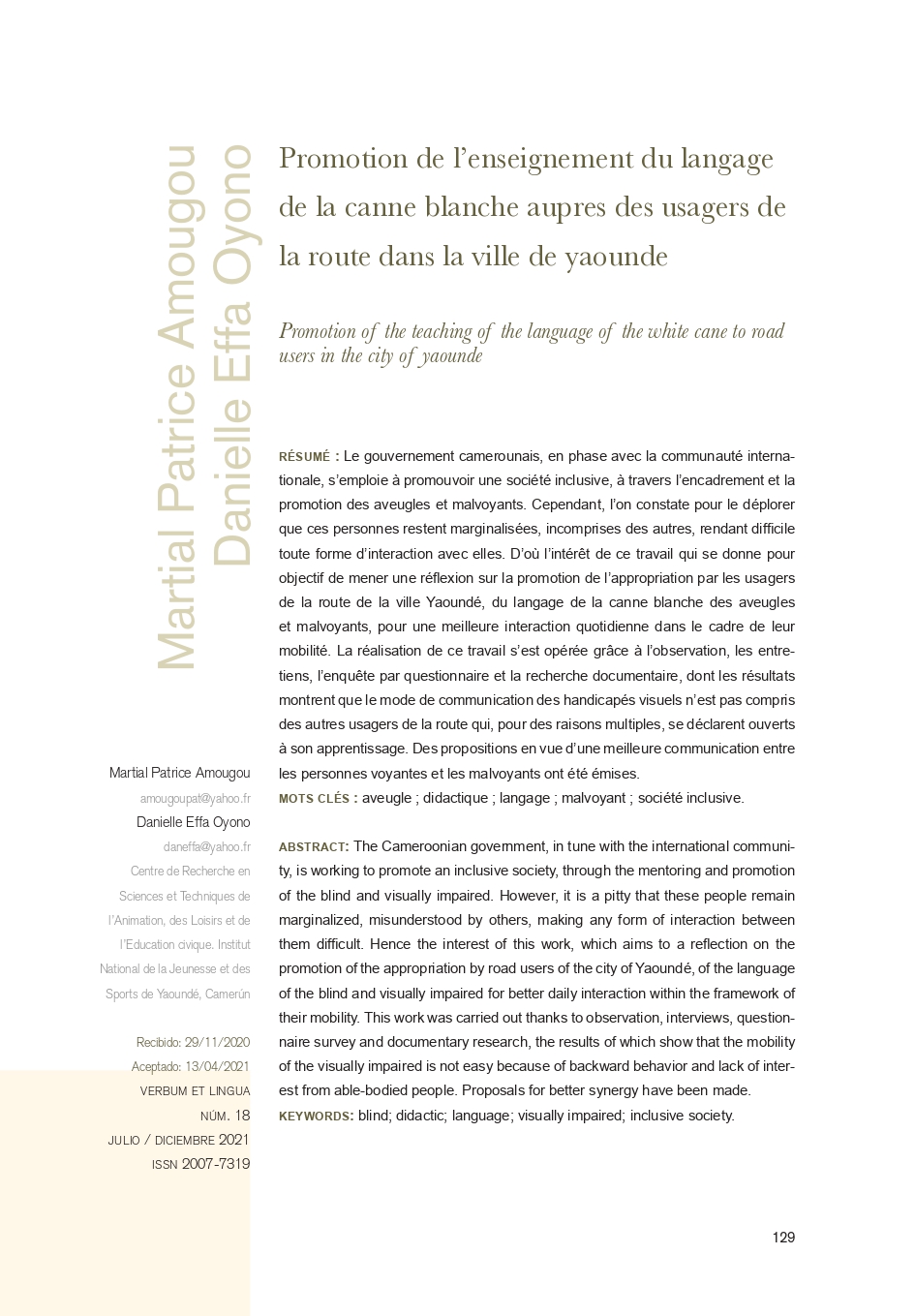
Pubblicato
Versioni
- 2024-11-08 (2)
- 2022-06-21 (1)





